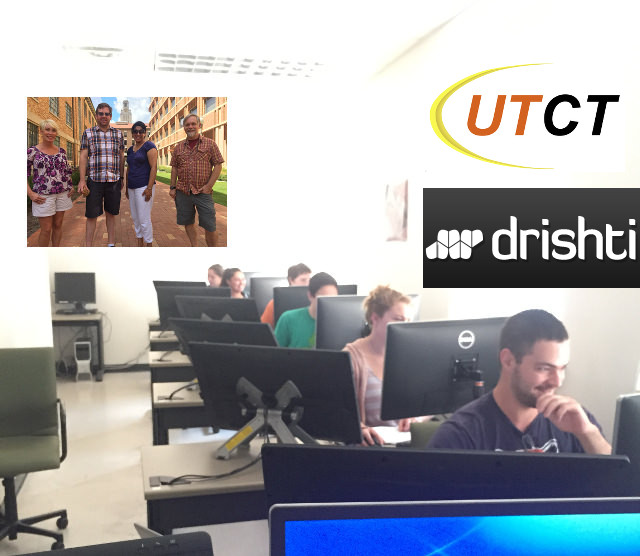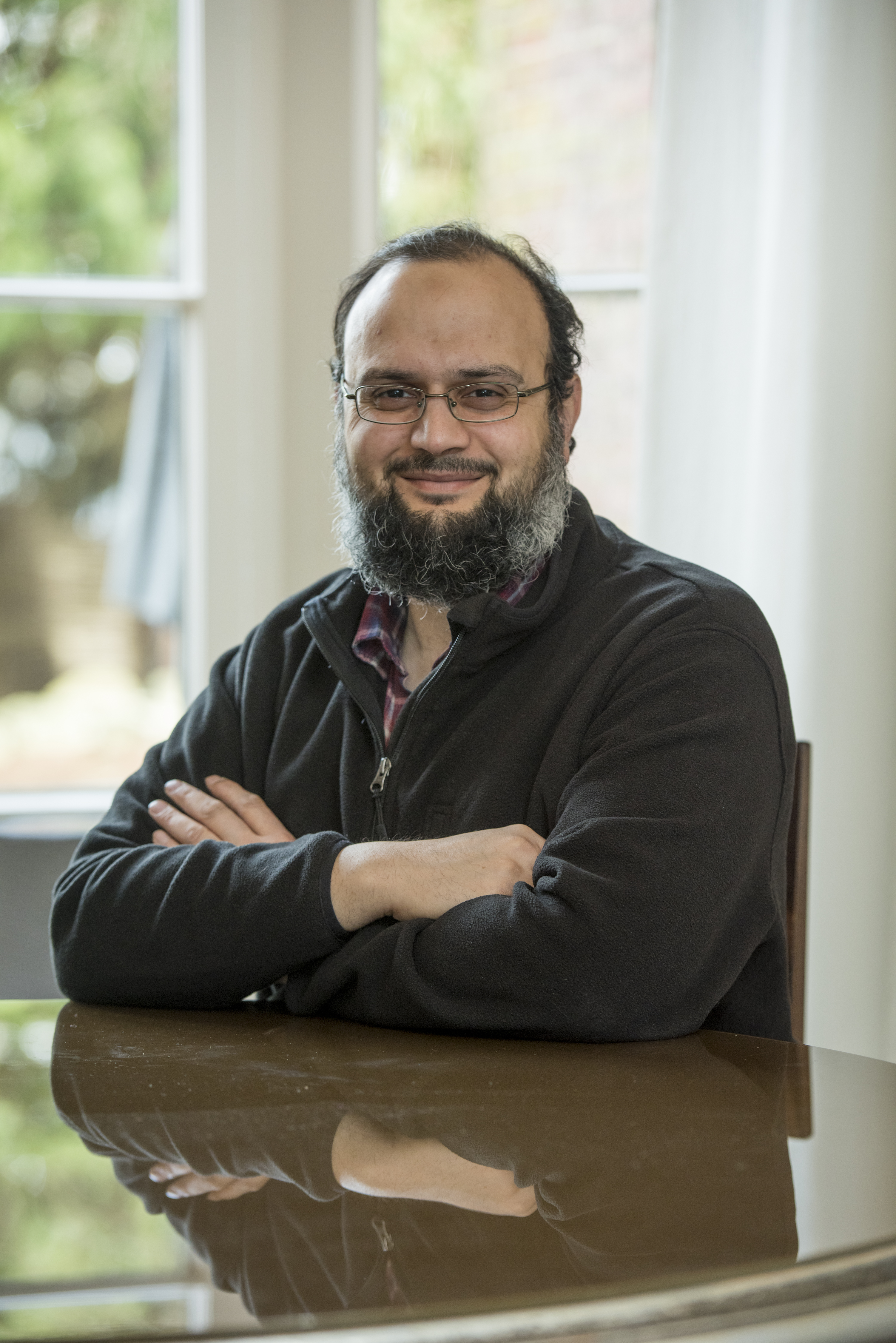Drishti Workshop at The University of Texas High-Resolution X-ray Computed Tomography Facility (UTCT)
Drishti Workshop at The University of Texas High-Resolution X-ray Computed Tomography Facility (UTCT)
Posted on 20 November 2015
Drishti Workshop at The University of Texas High-Resolution X-ray Computed Tomography Facility (UTCT)
 By Farah Ahmed, Institute Fellow and CT Manager at the Natural History Museum, London
By Farah Ahmed, Institute Fellow and CT Manager at the Natural History Museum, London
University of Texas is a huge institute, with approximately 50,000 students. The Computed Tomography laboratories (CT lab) are one of the oldest and most established facilities in the world. They are well known for leading in sharing 3D data for visualisation, freely and openly. They also lead in various fields of geosciences related research. One aspect they recognised was the need to house free and open source software, to enable the researchers to carry out data analysis in their own environments. I led a workshop on the 28th and 29th September 2015, training staff and postgraduate students in the visualisation tool Drishti.
The CT lab houses its own visualisation facility, therefore it was pleasure to see a lab with high performance work stations, software installed, all ready to go. From experience, one of the main issues users face, is difficulty in installing the software. So you can imagine the joy on my face when the wonderful IT tech at the lab ensured all of the work stations had the software pre-installed prior to my arrival (something I’m not used to).The users were a mix of lab staff and postgraduates and the idea behind the workshop was to teach staff to trainer level and to teach students in the tools most relevant to their research.
The training material was planned with the support of the developer, Dr Ajay Limaye (Australian National University, Canberra). The training was split into 11 short modules. The workshop was very much hands-on from the minute it started. The users were guided through three aspects of the software; importing data, visualisation, and segmentation. To understand the capabilities of the users and ensure they were all able to follow the material, I provided them with the same data set. Once all teaching material was covered, the users introduced their own data sets and one-to -one support was provided. The data sets varied from fossils dating millions of years to hammerhead sharks. Fossil data often comprises of the fossilised material, such as bone or tissue, and surrounding rock material, known as the matrix. Day 2 was mostly spent on addressing how best to clean the data. Fossil data in particular, presents challenges relating to removing the matrix from the region of interest. Drishti’s ‘mop carve’ tool allows this function to be performed relatively easily. This enabled users to carve around the regions of interest and was found to be most useful, particularly appreciated by the paleontologists.
This was the first time a hands-on Drishti workshop was ran at UTCT. Users have been offered email and community support via the user-group platform. Planning and running workshops so far from home can be challenging, but ensuring there is support post-workshop is probably the most difficult aspect. Therefore, I am now engaged in talks to run a follow-up course next year, with a more advanced approach. This will cover a mixture of more advanced topics and the most up-to date functions.

